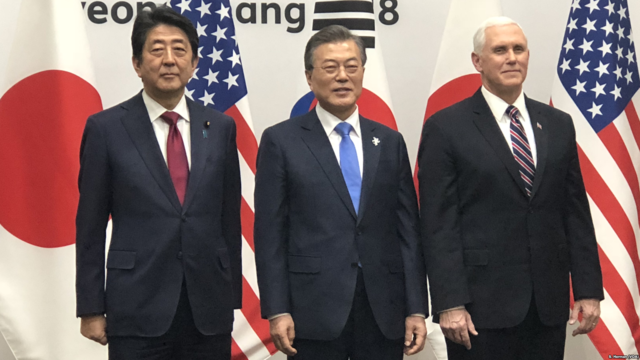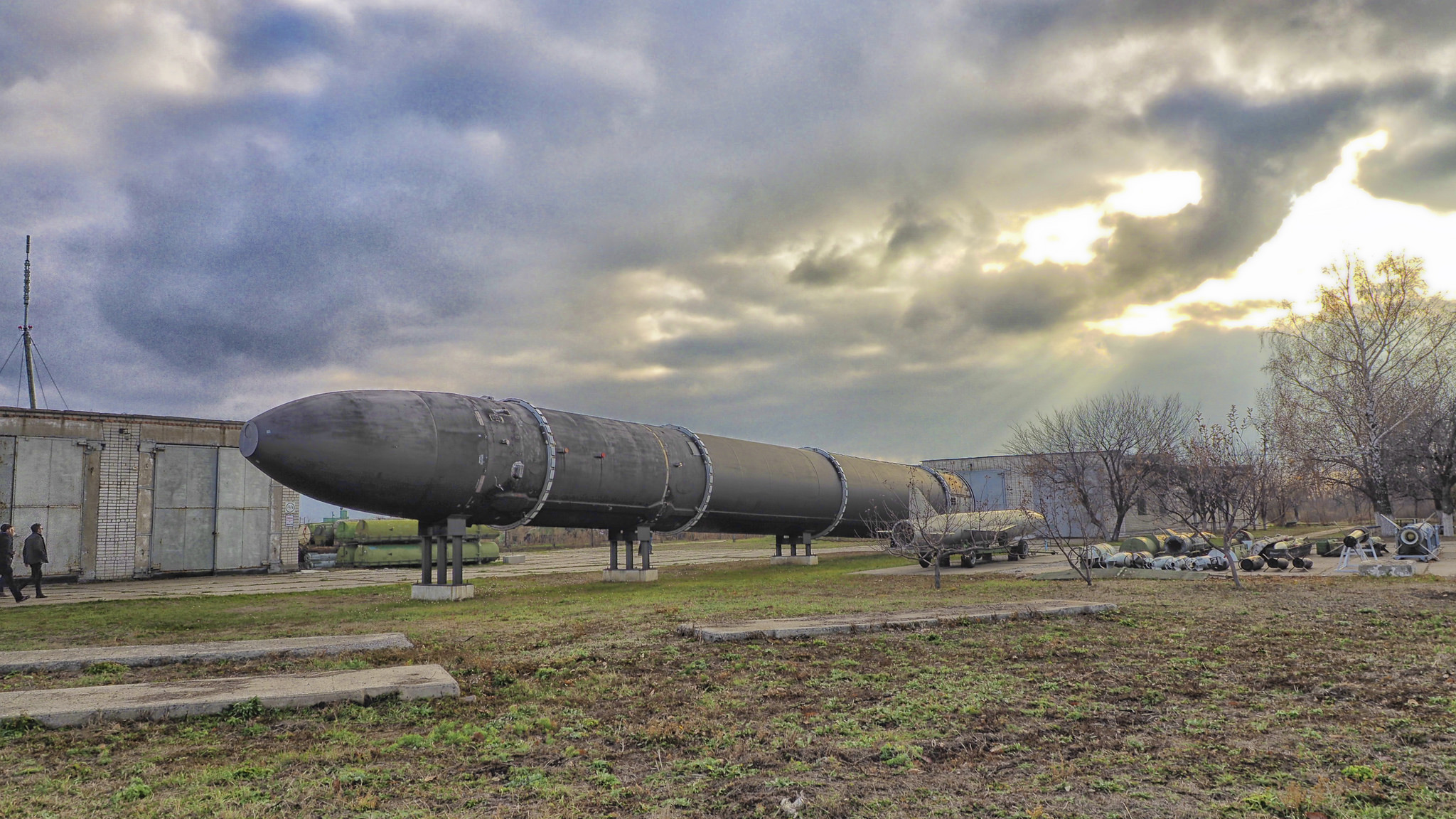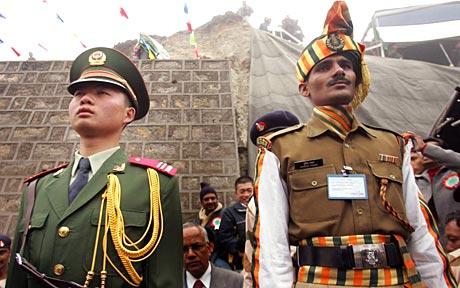With Japan and South Korea in the middle of a feud, East Asia is on the verge of a serious unraveling.


With Japan and South Korea in the middle of a feud, East Asia is on the verge of a serious unraveling.

The White House appears to have a broader strategy to unwind over 50 years of agreements to control and limit nuclear weapons.

The Obama administration’s “Pacific pivot” gives a prominent place for India, which came as a surprise to many observers. In his maiden visit to India in the first week of May, U.S. Secretary of Defense Leon Panetta piled on, calling defense cooperation with India “a linchpin in U.S. strategy” in Asia. But while India has largely opened its arms, Indian leaders are wary about being drawn into a Cold War with China.

Asia is currently in the middle of an unprecedented arms race that is not only sharpening tensions in the region but also competing with efforts by Asian countries to address poverty and growing economic disparity. The gap between rich and poor—calculated by the Gini coefficient that measures inequality—has increased from 39 percent to 46 percent in China, India, and Indonesia. Although affluent households continue to garner larger and larger portions of the economic pie, “Children born to poor families can be 10 times more likely to die in infancy” than those from wealthy families, according to Changyong Rhee, chief economist of the Asian Development Bank.
The field of nuclear weapons is fraught with Sophie’s Choices.
Northeast Asia heaved a sigh of relief at the latest news of a breakthrough in the nuclear negotiations with North Korea. The prospects of integrating North Korea into the international community and constructing a peace and security structure for the region have never been rosier.
Often what is hidden in our world is so simply because no cares or thinks to look. Yes, a fair amount of attention has recently been given to the staggering new Pentagon budget request, the largest since World War II, that the Bush administration has just submitted to Congress for fiscal year 2009. It comes in at $515.4 billion – a 7.5% hike for an already bloated Pentagon — and that doesn’t include all sorts of Defense Department funds that will be stowed away elsewhere (even if in plain sight), nor does it include the couple of hundred billion dollars or more in funds to be appropriated largely via “supplemental” requests for the ongoing military disasters in Iraq and Afghanistan. Even the official budget, however, includes staggering sums for procuring major new weapons systems and for R&D leading to ever more such big-ticket items in the future. According to Steve Kosiak, vice president of budget studies at the Center for Strategic and Budgetary Assessments, “The fiscal year 2009 budget may be about as good as it gets for defense contractors.” When all is said and done, this will probably be a trillion dollar “defense” budget. As it happens, military budgets like this have a multiplier effect globally. After all, there’s no such thing as a one-nation arms race. It’s just that no one here thinking about what we’re about to feed the Pentagon pays much attention to such things. Fortunately, John Feffer, an expert on military policy and Asia, has been doing just that. He is the co-director of a particularly interesting website, Foreign Policy In Focus at the Institute for Policy Studies in Washington — with which Tomdispatch hopes to collaborate on projects in the future. (To subscribe to FPIF’s e-news service, click here.) In the following piece, he brings genuine arms-race news to all of us. Yes, Virginia, there is indeed an arms race underway; it’s taking off in Northeast Asia; and it’s dangerous. (Introduction by TomDispatch’s editor Tom Engelhardt.)